The first visitor to take a break on the Bay of Naples was Hercules. He had just defeated some rebellious giants and buried them beneath Mount Vesuvius. To celebrate, he staged a procession across the mountain’s slope — in Greek, a ‘pompe’. He also founded two cities: one named after the procession, the other after himself. To this day, visitors from across the world still beat a trail to Pompeii and Herculaneum.
The popularity of the two cities as tourist destinations owes everything, of course, to the restless thrashing of the giants imprisoned beneath Vesuvius. In AD 79, a particularly violent spasm resulted in an eruption so devastating that both cities ended up entombed in ash. The memory of the disaster never entirely faded. In 1264, Pompeii was still being identified by name on a map of Italy; in 1504, the Neapolitan poet Jacopo Sannazaro namechecked one of the giants buried beneath Vesuvius, and asked rhetorically of the mountain’s slopes, ‘beneath them who would believe that there are populations and villas and noble cities that lie buried?’
By the mid-6th century, though, the precise location of the ‘noble cities’ had been forgotten, and the process of identifying them, and then of bringing their streets to light, would turn out to be a protracted one.
The story — which in most studies of Pompeii provides, at best, a desultory side-chapter — is one that Ingrid Rowland tells in rich and fascinating detail. ‘The afterlife of a Roman town,’ she subtitles her book, but it is much more than that: a history of tourism, of the Bay of Naples, of attitudes to the past itself.
More, perhaps, than any other archaeological site in the world, Pompeii is capable of taking its visitors by surprise, and stirring in them unanticipated emotions. At the front of the book, Rowland reproduces a photo of herself as a child, an earnest little Daisy Miller on a visit to Herculaneum with her parents: the first of many trips she has since made to the Bay of Naples, and which exists for her, as she beautifully expresses it, as ‘a deep stratum in a kind of personal archaeology’.
Then, bookending her study, she quotes the daughter of another couple to visit the Roman ruins, Isabella Rossellini. In 1953, Rossellini’s father, Roberto, was in the midst of directing her mother, Ingrid Bergman, in Viaggio in Italia, a luminous and haunting film about a couple on the verge of divorce who are holidaying in the Bay of Naples. ‘And when she finally goes to Pompeii,’ says Rossellini of the character played by her mother, ‘and sees a couple dead in their embrace, she breaks down and cries.’
The plaster casts of two dead Pompeiians serve in the film as they have so often served tourists in life: as heart-stopping reminders of the human cost of the catastrophe that long ago overwhelmed the city. Pompeii, as Rowland repeatedly demonstrates, is a site where the discoveries made are not always archaeological.
Nor, of course, does the dead city exist in isolation from its incomparable setting. Remarkable though the range of tourists to Pompeii and Herculaneum has certainly been, from Mozart to Mark Twain, from Hirohito to Hillary Clinton, Rowland does not confine herself to chronicling their visits. Back in Roman times, the Bay of Naples played the Hamptons to Rome’s New York, and even though the region may have come down a bit in the world since then, Pompeii has always only ever been a part of its fascination. Naples itself, with its miracle-working saints, its crypts full of skulls, and its teeming, often violent slums, is a vivid presence in Rowland’s story; and so too, fittingly enough, is Vesuvius.
The first visitor to the region we follow in detail is the Jesuit Athanasius Kircher, whose climb up and down the mountain in 1638 led him in the long run to revolutionise the study of geology, and a position perched, in Rowland’s vivid image, ‘near the volcano’s rim of Catholic orthodoxy’. Then, right at the end of her book, we return to vulcanology. ‘When Vesuvius erupts again, as it certainly will,’ she warns us, ‘between 550,000 and 600,000 people will be at extreme risk.’
Yet neither this, nor Rowland’s sombre acknowledgement that Pompeii may well have crumbled away long before the volcano’s next eruption, the victim of ‘entropy and neglect’, can bring her to end the book on a downbeat note. ‘The sun still smiles down on Pompeii through the umbrella pines.’ The entranced child who rushed around the site with her Brownie Starmite camera is mother to a university professor. When Rowland tells us that a visit to Pompeii can change a person’s life, she is speaking from personal experience.
Got something to add? Join the discussion and comment below.
Get 10 issues for just $10
Subscribe to The Spectator Australia today for the next 10 magazine issues, plus full online access, for just $10.
Available from the Spectator Bookshop, £19.75, Tel: 08430 600033
You might disagree with half of it, but you’ll enjoy reading all of it. Try your first month for free, then just $2 a week for the remainder of your first year.

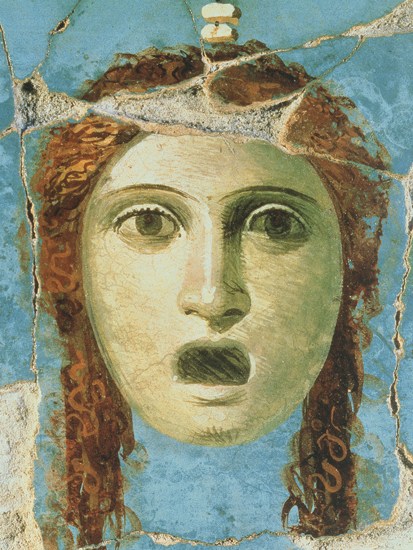
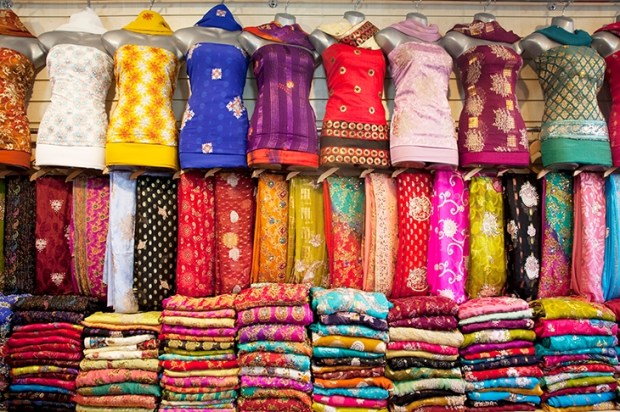
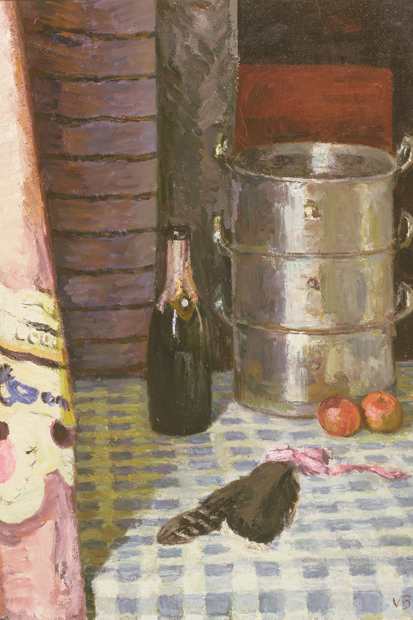
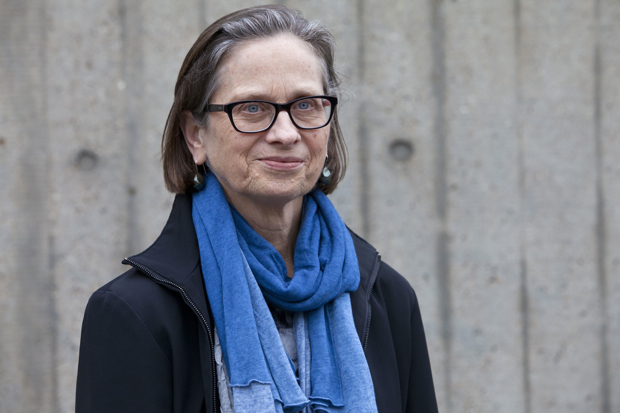
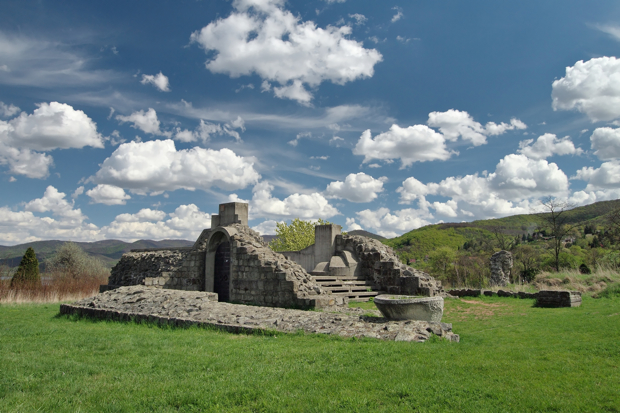
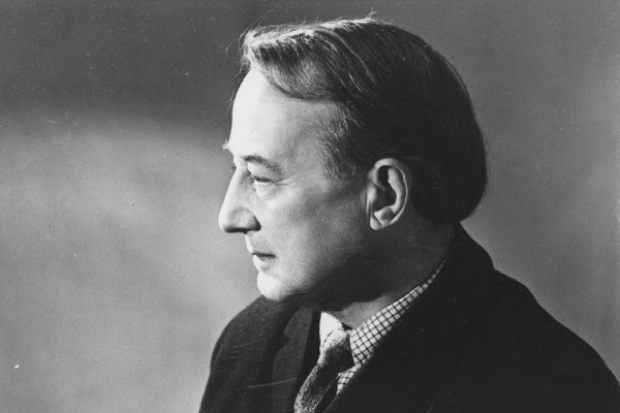
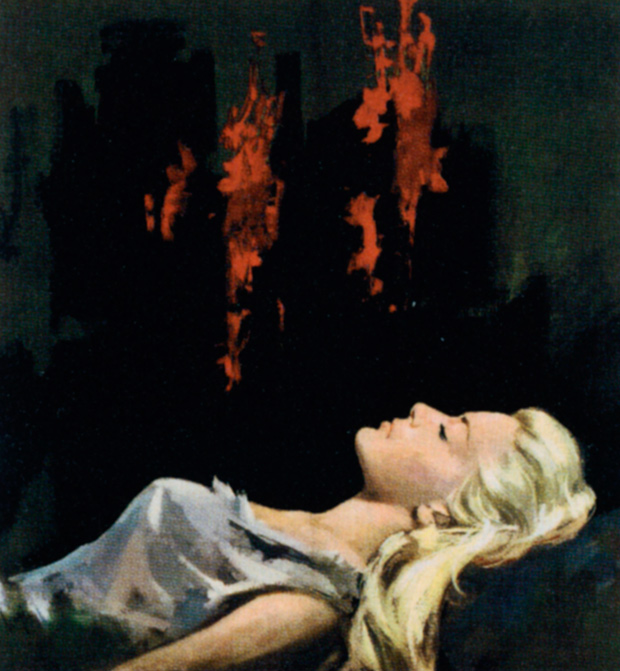






Comments
Don't miss out
Join the conversation with other Spectator Australia readers. Subscribe to leave a comment.
SUBSCRIBEAlready a subscriber? Log in